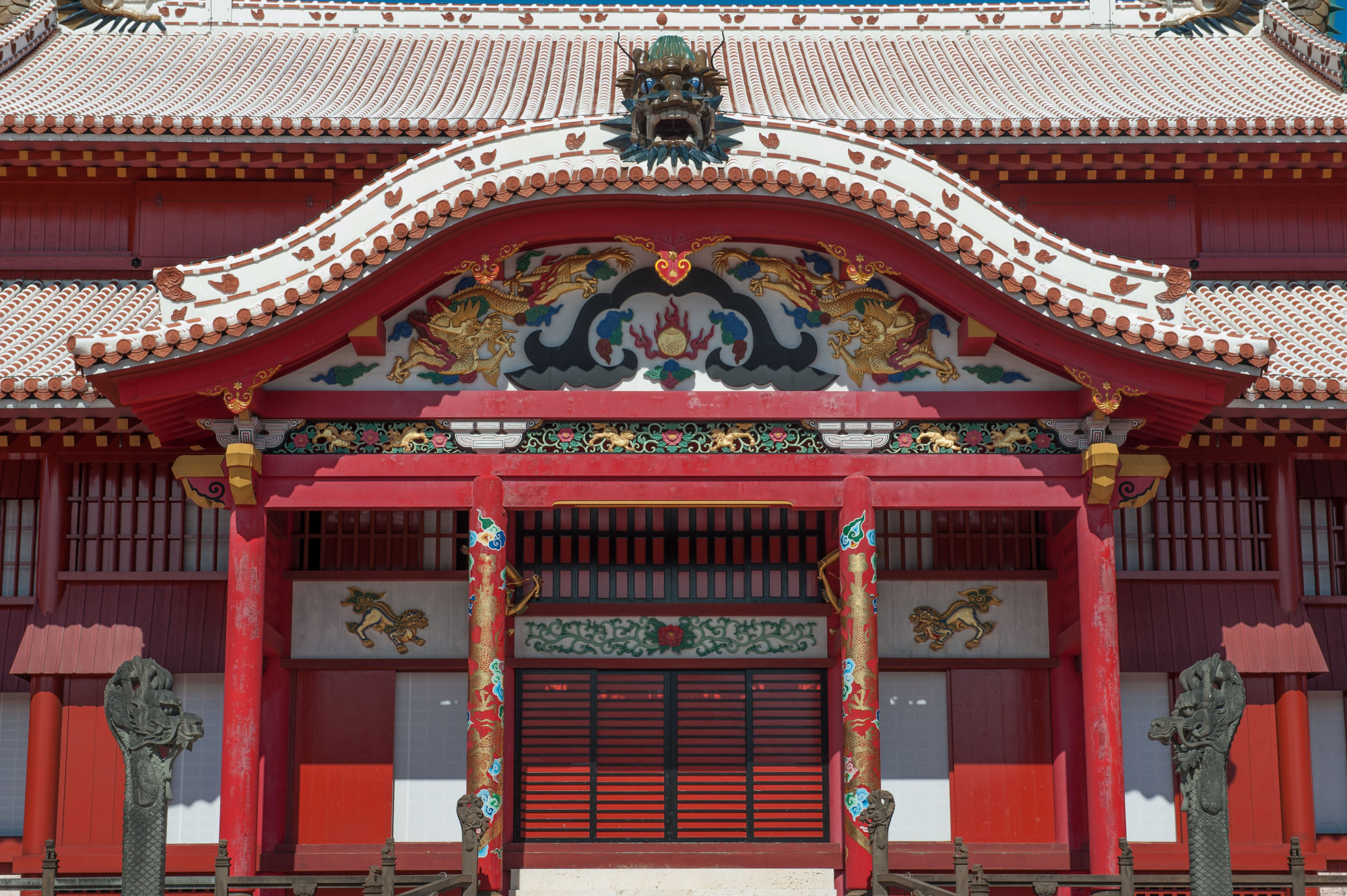Commenting on the pervasiveness of his own culture while on a trip to Indonesia, the Nobel Prize-winning poet Rabindranath Tagore wrote, "I see India everywhere." A traveler to Okinawa today from continental Asia, might well say, "I see China everywhere."
When coins made during the Chinese Kingdom of Yan, a feudal dynasty that fell in 265 B.C., were unearthed at a shell heap in Gusukudake, a short distance from Naha, the assumed timeline for contact between Okinawa and the Chinese imperium that would come to play such an important role in the history of these southern islands shifted from centuries to millennia.
Trade with China and other Asian nations was already well-established by the 14th century, at which time Okinawa's three separate principalities competed with each other for Chinese attention and recognition. The first emperor of the Ming dynasty, Hung Wu Ti, had sent envoys to Okinawa in 1372. Cognizant that their prosperity depended upon marine commerce, Okinawan rulers formally submitted to Chinese hegemony, sending their own representatives to Nanking with gifts sealing the recognition of Chinese suzerainty over the islands. A senior Chinese official accompanied the Okinawan mission on its return, carrying a seal and documents that would grant China the right to confirm and oversee the official investiture of kings. From this point onward, Ryukyu royalty could only be officially enthroned once they were granted permission from the Chinese emperor, the Son of Heaven.



















With your current subscription plan you can comment on stories. However, before writing your first comment, please create a display name in the Profile section of your subscriber account page.